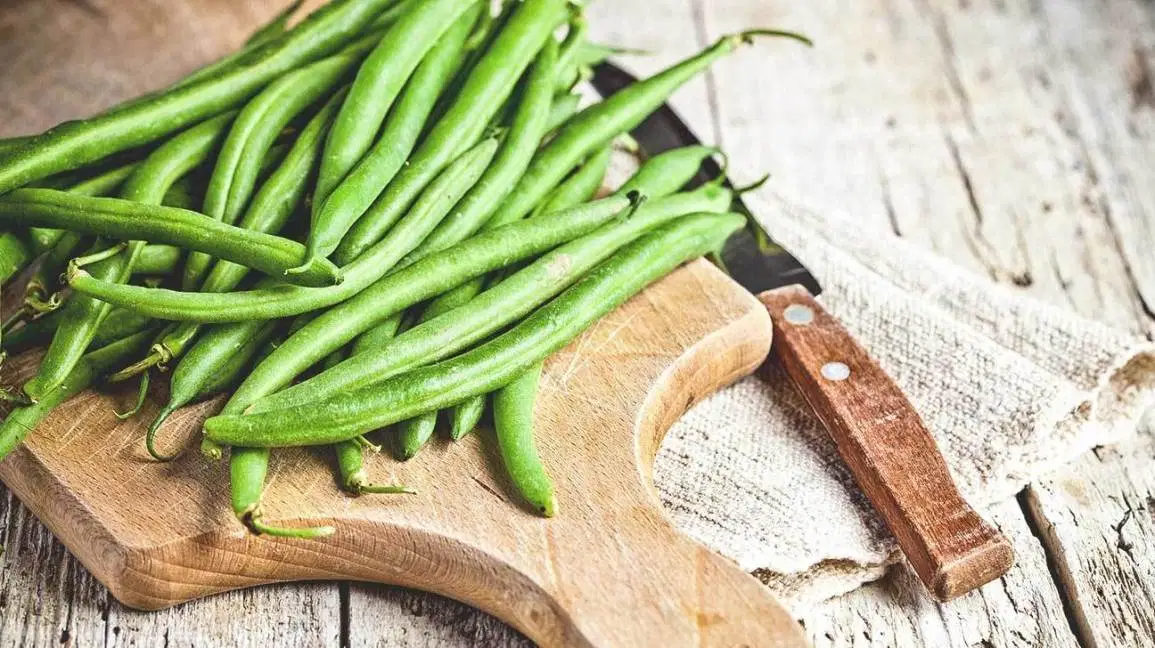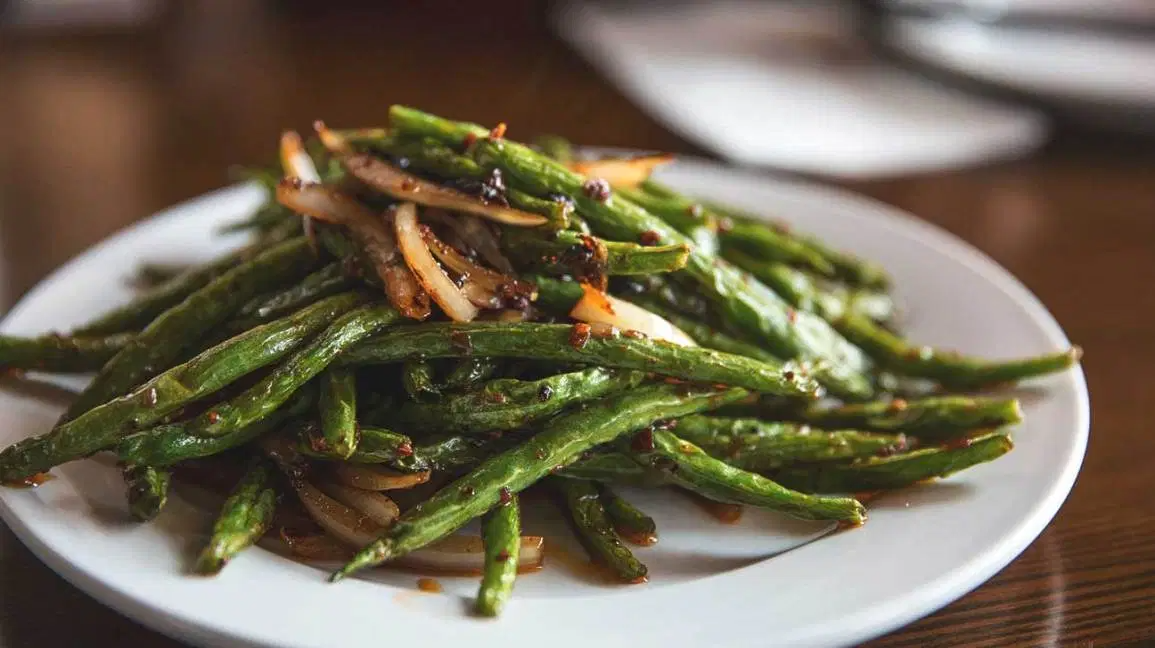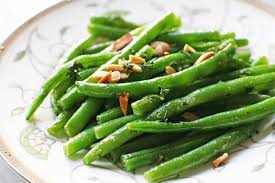Overview
Green beans, also called snap beans or string beans, are a staple in many kitchens across the United States. They’re a beloved side dish at family potlucks, holiday meals, and nightly dinners.
Whether you blanch them, sauté them, or eat them straight from a can, green beans are a nutritious addition to your diet.
Here are some of the health benefits of green beans.
Green beans help you maintain a healthy weight
One cup of raw green beans has just 31 caloriesTrusted Source, virtually no fat, and only 3.6 grams (g) of sugar. That’s fantastic news if you’re watching your waistline.
Green beans are heart healthy
Green beans contain no cholesterol. Although your body needs some cholesterol for healthy cell growth, too much is bad for you. High cholesterol may lead to a build-up of fat deposits in your arteries. This can decrease blood flow to your heart and brain and cause a heart attack or stroke.
One cup of raw green beans has 2.7 g of fiber. Cooked (boiled) green beans have 4.0 g of fiber, some of it soluble fiber. Soluble fiber may help lower LDL or so-called bad cholesterol and total cholesterol levels. It may also support heart health by lowering blood pressure and reducing inflammation.
The American Heart Association recommends eating no more than 1,500 milligrams (mg) of sodium daily for optimal heart health. Green beans are naturally low in sodium. One cup has only 6.6 milligrams (mg).
Too much sodium in your diet may increase your blood pressure. High blood pressure is associated with an increased risk of heart disease and stroke. But beware of canned green beans. One undrained cup contains 461 mg of sodium. Rinse canned green beans before eating, or choose no-salt added varieties.
Green beans are a low FODMAP food

FODMAPs are undigested carbohydrates that are metabolized by bacteria in your gut leading to gas, belly pain, diarrhea, and constipation, according to the Cleveland Clinic. Eating foods high in FODMAPs may worsen digestive conditions such as irritable bowel syndrome (IBS) and acid reflux. Eating low FODMAP foods may bring considerable relief to your tummy troubles. Green beans are a low FODMAP food and can be enjoyed by many people who have chronic digestive issues.
Green beans contain protein
Your body needs protein to maintain:
- healthy bones
- hair
- organs
- muscles
Protein is also essential to a healthy immune system. Plant proteins are not complete proteins; that is, they lack at least one of the amino acids your body needs. But plant proteins are still beneficial. They can be combined with other proteins throughout the day to make complete proteins. One cup of raw green beans has almost 2 g of protein.
Green beans are a good source of vitamins and minerals
Green beans contain many essential vitamins, including folate. One cup of raw green beans contains 33 micrograms (mcg) of folate, almost 10 percent of the daily recommended value. Folate is a B vitamin that helps prevent neural tube defects and other birth defects.
Vitamin C
Raw green beans are also a good source of vitamin C. One cup contains 12.2 mg, around 25 percent of the daily recommended value. Vitamin C is an antioxidant that helps boost your immune system. It’s also integral for the production of collagen and helps protect your skin from oxidative stress.
Vitamin A
One cup of raw green beans provides 690 IU of Vitamin A, a little less than 15 percent of the daily recommended value. Vitamin A isn’t a single vitamin. It’s a group of compounds known as retinoids. Vitamin A is important to immune health, reproduction, and healthy vision.
Other vitamins
Some other vitamins in one cup of raw green beans include:
- vitamin K: 43 mcg
- thiamin: 0.1 mg
- niacin: 0.7 mg
- vitamin B-6: 0.14 mg
- vitamin E: 0.41 mg
Minerals
Green beans are a good source of minerals, especially manganese. This essential mineral supports your metabolism and has antioxidant abilities. It also supports bone health and promotes wound healing.
Other minerals in one cup of raw green beans include:
- calcium: 37 mg
- iron: 1.03 mg
- magnesium: 25 mg
- phosphorous: 38 mg
- potassium: 211 mg
- zinc: 0.24 mg
How to choose and store green beans
Fresh green beans are the healthiest option. Look for beans that are bright green and free of black spots and blemishes. The beans should not be flimsy. For the most nutritional benefits, eat fresh green beans as soon as possible after harvesting or purchasing.
Cooking green beans may cause a reduction in some nutrients such as vitamin C, as does thawing frozen green beans. As a result, don’t thaw frozen green beans and cook them in a small amount of water for the least amount of time necessary.
Fresh green beans should be refrigerated in a plastic bag and used within one week.
Green bean recipes

You can munch on raw green beans to fill you up, or try these ideas:
- blanch or steam fresh green beans and toss them with grape tomatoes and balsamic vinegar
- toss fresh green beans in olive oil, freshly ground pepper, and freshly-grated Parmesan cheese, and roast at 425°F (218°C) until crisp-tender
- add blanched or steamed green beans to a green salad
- sauté fresh green beans in olive oil, garlic, and lemon juice
- dip fresh green beans into hummus or plain, low-fat yogurt flavored with fresh herbs
Bottom line
Green beans may not be the first food that comes to mind as you plan your meals, but with a little ingenuity they can be a tasty, go-to food.
